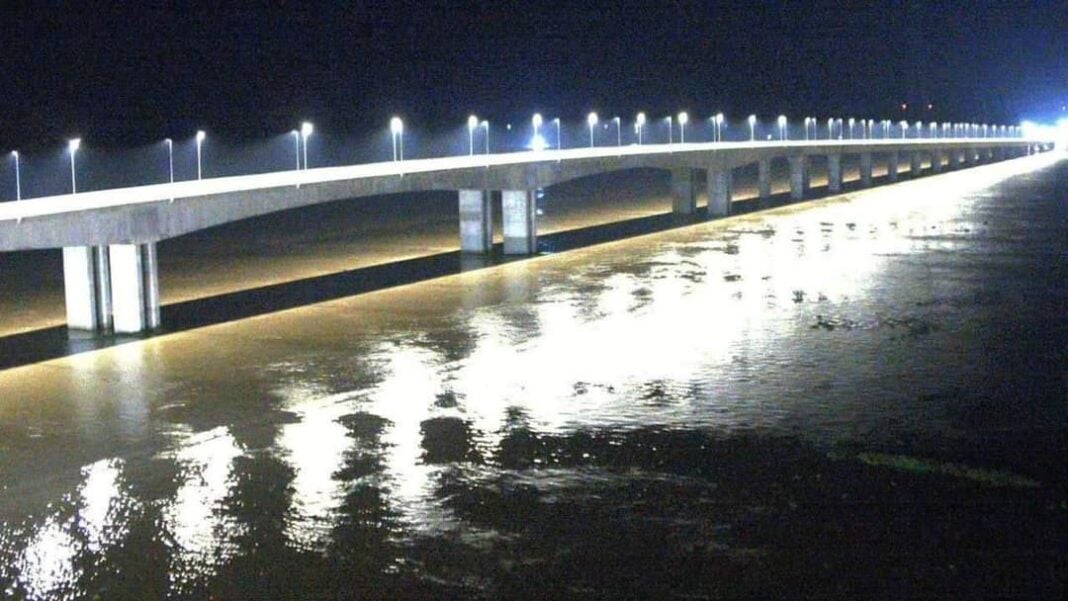Muhammadu Buhari, the president of Nigeria, has commissioned seven of his administration’s legacy points, including the Second Niger Bridge, executed by the Federal Ministry of Works and Housing.
First proposed in 1958, the 1.6km bridge in Onitsha, with a 13.3km highway and 1 toll station across the River Niger, in Anambra State was completed.
The major phase of the project, which is the bridge itself, was completed late last year and temporarily opened to the public during the Christmas holidays.
Contracts for accessible roads from the Asaba Airport and Obosi to Onitsha-Enugu, as well as the Onitsha-Owerri expressway, were awarded to the same contractor handling the bridge, Julius Berger Plc.
The First Niger Bridge was constructed in 1965 and has remained the route that connects South West, South East, and South-South.
However, excessive axle load and traffic congestion, due to growing commercial activities on the road, prompted the need for the Second Niger Bridge.
Goodluck Jonathan, former president of Nigeria signalled the commencement of construction in a ground-breaking event on March 10, 2014.
The project was essentially laid to reduce the strain on the existing bridge, improve traffic flow, the health and security of travellers, as well as create opportunities for host communities and other Nigerians to improve their socio-economic activities.
Jonathan promised to complete the bridge within 48 months, stating that his administration needed to resolve to improve the economic fortunes of the nation.
The bridge is located 1.7km downstream of the first bridge on a new alignment, consisting of two end spans of 40.25m and 40m, respectively.
The total width of the dual carriage bridge is 30.1m, comprising 12.25m wide three-lane carriage, with 0.9m shoulder in each direction and 3.6m central reserve.






